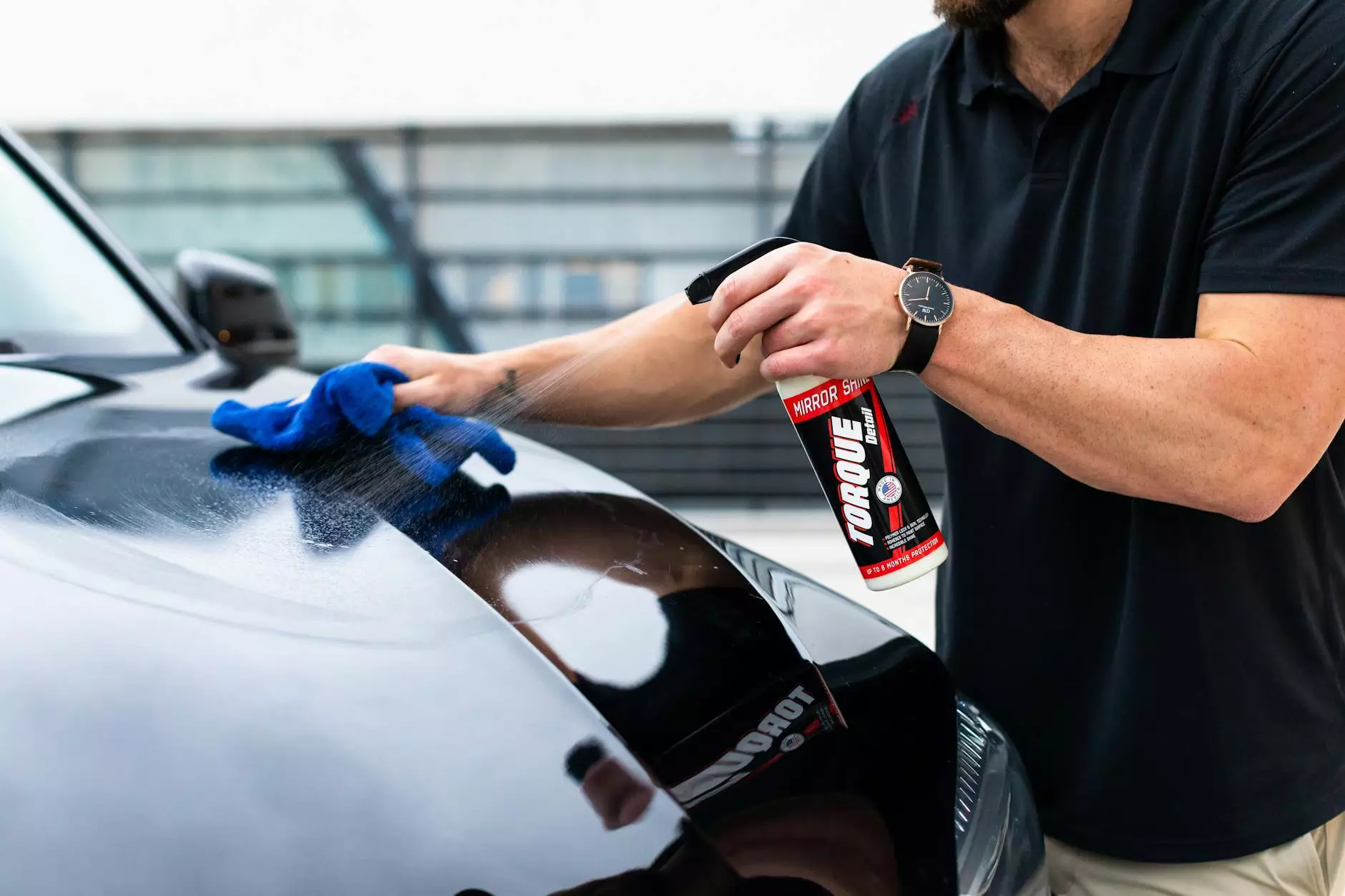The Ultimate Torque Converter Manual: A Comprehensive Guide for Automotive Enthusiasts

When it comes to the intricate world of automobiles, understanding how every component works is essential, particularly if you're aiming to improve performance or maintain your vehicle effectively. One of the most critical components in an automatic transmission system is the torque converter. This article serves as your definitive torque converter manual, delving deep into its functionality, types, maintenance, and much more.
What is a Torque Converter?
A torque converter is a type of fluid coupling that connects the engine to the transmission system of a vehicle. It allows the engine to turn at a different speed than the transmission, allowing for smooth shifting and efficient power transfer. The torque converter is primarily found in automatic transmissions, fulfilling a crucial role in vehicle operation.
Key Functions of a Torque Converter
The torque converter serves several vital functions in an automobile:
- Power Transfer: It transfers engine power to the transmission while allowing for variable speed changes.
- Torque Multiplication: It amplifies the engine's torque under acceleration.
- Slip Management: It enables controlled slippage, minimizing engine load during idle and acceleration.
- Fluid Coupling: It uses hydraulic fluid to transmit power smoothly, eliminating the need for a mechanical linkage.
Components of a Torque Converter
Understanding the components of a torque converter is essential for any automotive enthusiast. A typical torque converter consists of the following parts:
- Impeller: This is connected to the engine and pumps the transmission fluid.
- Stator: Located between the impeller and turbine, it redirects the fluid to increase torque.
- Turbine: This part is connected to the transmission and is driven by the fluid from the impeller.
- Lock-Up Clutch: This mechanism locks the turbine and impeller together at higher speeds for improved efficiency.
Types of Torque Converters
Torque converters can be categorized into different types based on their design and functionality:
1. Standard Torque Converters
These are the most common types found in automatic vehicles. They provide a balance between performance and efficiency.
2. High-Stall Torque Converters
Designed for high-performance vehicles, these converters allow the engine to reach higher RPMs before engaging, increasing acceleration potential.
3. Low-Stall Torque Converters
More suited for towing or off-road applications, they engage the engine's power at lower RPMs for better torque delivery.
How Does a Torque Converter Work?
The operation of a torque converter revolves around fluid dynamics. Here’s a brief overview:
- Engine Power Transmission: When the engine runs, the impeller spins, creating a flow of transmission fluid.
- Fluid Motion: The spinning impeller causes the transmission fluid to move towards the turbine, which is connected to the vehicle’s transmission.
- Torque Multiplication: As the fluid moves through the stator, it changes direction, which multiplies the torque created by the engine.
- Power Delivery: Ultimately, this fluid motion results in the turbine spinning and delivering power to the transmission for the vehicle's movement.
Torque Converter Maintenance Tips
To ensure optimal performance from your torque converter, regular maintenance is crucial. Here are some essential tips:
- Check Fluid Levels: Regularly inspect the transmission fluid levels and ensure they are adequate.
- Fluid Quality: Change the transmission fluid according to the manufacturer’s specifications to avoid contamination and ensure smooth operation.
- Visual Inspection: Look for any signs of leaks or damage in the torque converter and surrounding components.
- Listen for Unusual Sounds: Pay attention to any strange noises during vehicle operation, as these might indicate problems with the torque converter.
Signs of a Failing Torque Converter
A malfunctioning torque converter can lead to significant issues in vehicle performance. Look for the following symptoms:
- Slipping: If the engine revs without a corresponding increase in speed, it may indicate that the torque converter is slipping.
- Overheating: A overheating engine can be a result of excessive stress on the torque converter.
- Fluid Leaks: Any signs of transmission fluid under the vehicle warrant immediate attention.
- Shuddering: A noticeable shaking in the vehicle while accelerating can suggest torque converter issues.
Replacing a Torque Converter
Should you find yourself needing to replace your torque converter, here’s what you need to do:
- Diagnosis: Confirm the torque converter is the issue through careful inspection and diagnosis.
- Purchase the Right Part: Ensure you buy a torque converter that is compatible with your vehicle’s make and model.
- Professional Installation: While DIY enthusiasts may attempt this task, professional installation ensures a proper fit and function.
FAQs About Torque Converters
What is the average lifespan of a torque converter?
Torque converters can last anywhere from 50,000 to 100,000 miles, but proper maintenance can extend their lifespan significantly.
Can a faulty torque converter cause poor fuel economy?
Yes, a malfunctioning torque converter can lead to excessive engine load, thereby lowering fuel efficiency.
Is it possible to drive with a bad torque converter?
While it's technically possible to drive with a bad torque converter, it can lead to further damage to the transmission and should be fixed as soon as possible.
Conclusion
Understanding your vehicle’s torque converter is essential for optimal performance and longevity. This torque converter manual has hopefully provided you with the comprehensive knowledge needed to maintain, diagnose, and appreciate this critical automotive component. Regular maintenance and being aware of the signs of failure can save you time, money, and keep your vehicle running smoothly. For more information and quality torque converters, remember to visit shenghaiautoparts.com.
References
For further reading, consider exploring automotive repair manuals, trusted automotive websites, or specific guides related to your vehicle model.









